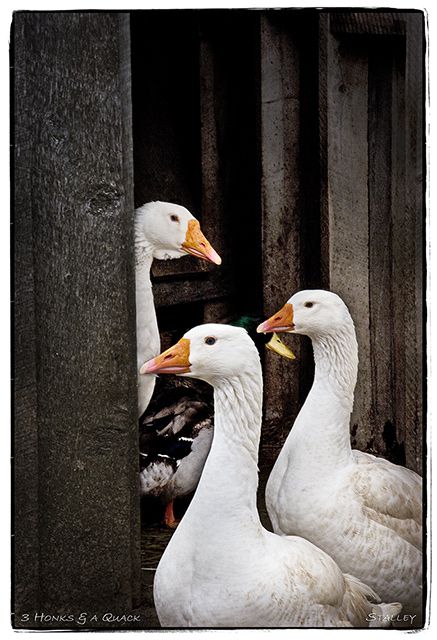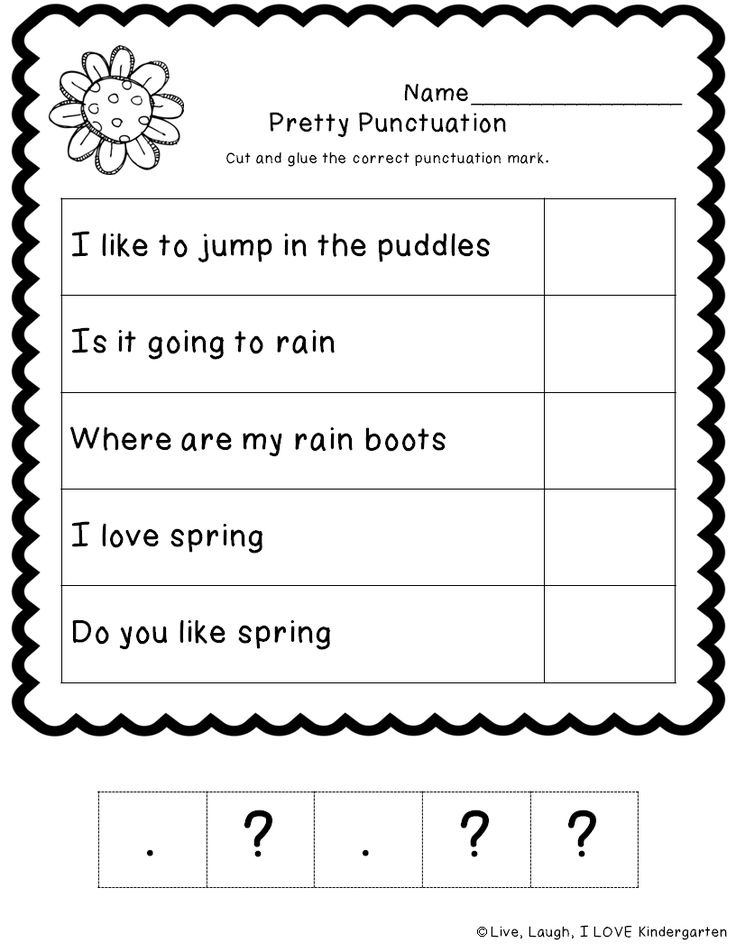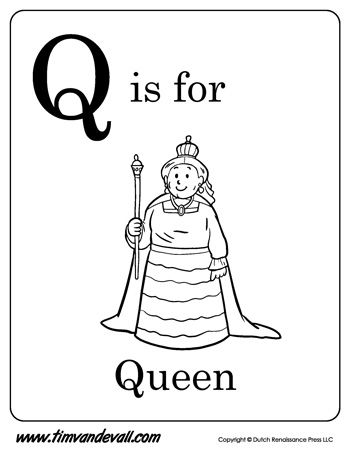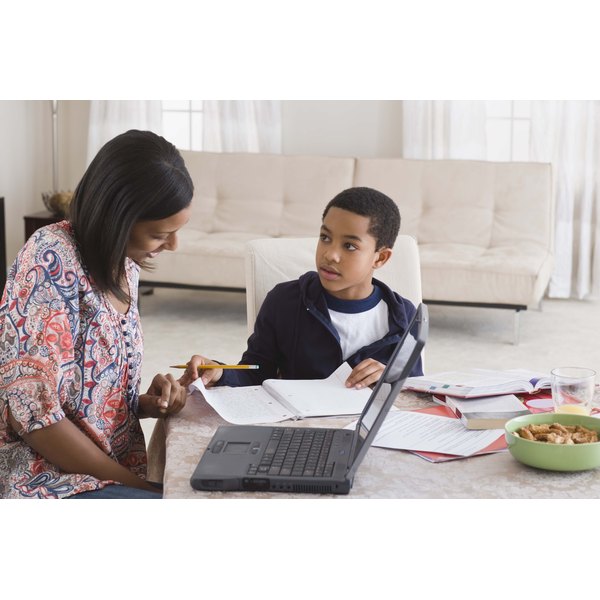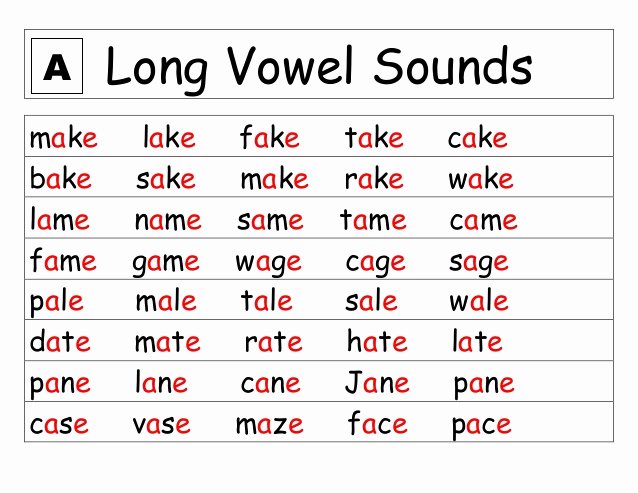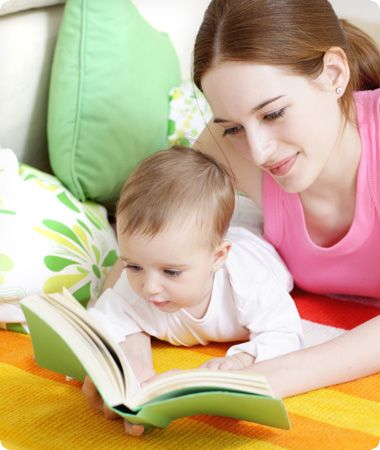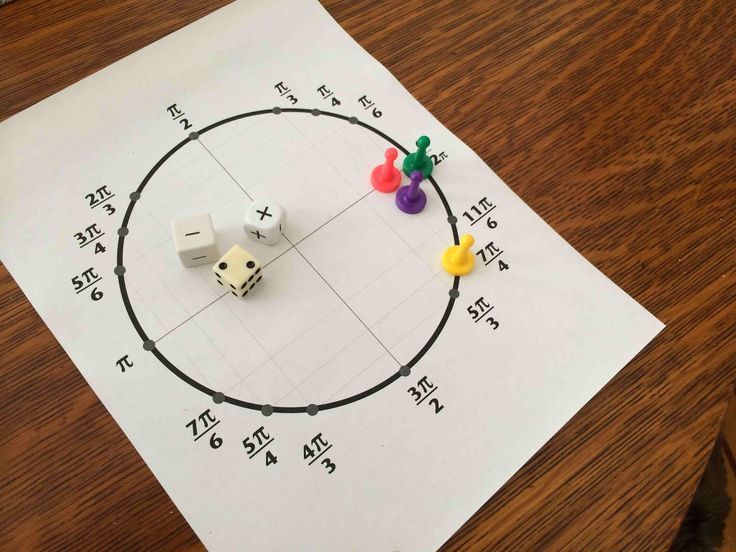Best order to teach letters
Proven Order to Teach Letters that Will Get Your Child Reading Faster!
I remember when I just graduated from college and was about to start teaching in my first classroom. It was a Kindergarten teacher position and I was so excited about teaching the alphabet to those little munchkins. I sat down in my classroom looking at the curriculum, scratching my head in sheer confusion that destroyed my week 1 plans as a first year Kindergarten teacher. Wait…you aren’t supposed to teach the alphabet in ABC order?
Nope.
So what order DO you teach the letters of the alphabet in? After reading this post, you will:
- Know why you shouldn’t teach in ABC order
- Understand why the order to teach letters is so important
- Answer the question…uppercase or lowercase?
- Get the exact order to teach letters that will have your child reading faster
This post may contain affiliate links. I only recommend products that I personally use, trust, and love and think you will love too! Using these links provide me with a small commission and help support this blog, but at no extra cost to you. To learn more, read my Policies page.
Why You Don’t Teach the Alphabet in ABC Order
Teaching the alphabet in order puts a big focus on those beginning letters. Those are probably going to be the ones that your child sees and remembers the most since that Alphabet Song is so catchy. =)
Why is that a problem? Some of those beginning letters aren’t the most frequently used letters that your child will encounter in text. Focus on letters that are most common in the beginning sight words your child will learn. Think of the words in, at, it, am, I, etc. Only one of those letters is in the first five letters of the alphabet!
Another reason to avoid teaching the alphabet in order is that research shows that children will recall a letter’s name more often than the sound that it makes (source). This makes it very difficult to start teaching how to decode words because these children aren’t able to recall those letter sounds to eventually blend words together.
Learn about other mistakes you may be making when teaching the alphabet.
Why Should You Care about What Order to Teach Letters?
There is a reason behind what order to teach letters.
You first want to teach the letters that appear most frequently in emergent reader books. This is because you want your child to actually apply what you are teaching them as you are teaching it!
Remember that the whole reason you are teaching your child the alphabet is to help them read. So why wouldn’t you want your child to practice their knowledge of letters by reading simple words in those emergent reader books?
Find Out More
This is also the reason why you want to ensure you are teaching letter names and sounds together. Think about it…they are labeling a symbol with the letter name and learning what it says with the sound. This is just like teaching your child to identify a cow and know that it says “moo”.
Uppercase or Lowercase?
Yes, when it comes to letter recognition, knowing and understanding all 52 letter symbols (both uppercase and lowercase) is important.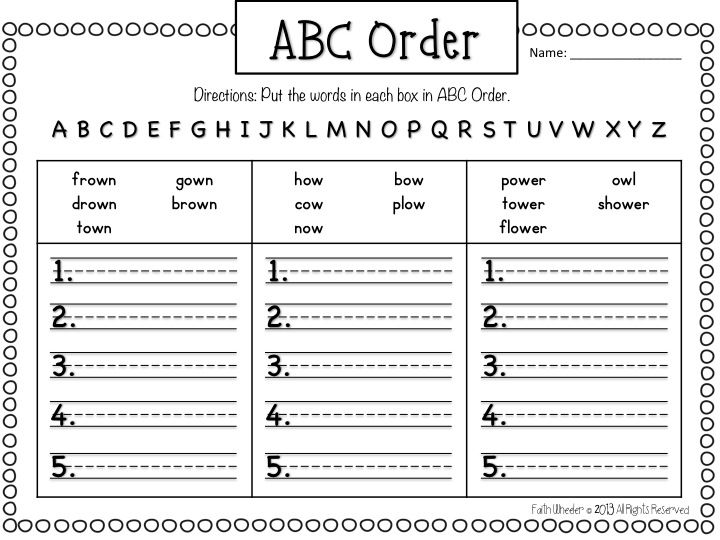
But if I had to absolutely choose one set to focus on 𝘧𝘪𝘳𝘴𝘵?
LOWERCASE!!
When you open up a book, any book, what type of letter do you see the most? Lowercase.
The ratio between the frequency of uppercase and lowercase letters in a book leaves no question in my mind which type of letter I should spend the majority of my energy on when working with a child.
Where to Start
There is definitely some pre-work that I think is important to introduce before you start diving into the my specific order to teach letters.
Your Child’s Name
First, you want to teach your child the letters in their name. Your child’s name is something very special and important to them…it’s something that is all theirs.
Children have a fascination with their name so learning the letters in their name first is great way to build interest around letters and print.
Your child will love the letters in their name and will start to identify them anywhere they go. Encourage this as much as you can as this is a great sign of their print motivation!
Encourage this as much as you can as this is a great sign of their print motivation!
Exposure
Before you start explicitly teaching letters and sounds, you want to be sure that you are providing your child with plenty of exposure to letters and print.
Create a literacy rich environment by having magnetic letters and bathtub letters readily available for play. Hop on that decor trend where letters and words are displayed on walls in your home.
Incorporate letters into your child’s existing play and take the opportunity to talk about letters while your child is playing. This may sound something like, “Did you put the letter T in your car? Where is it going?”
What Order to Teach Letters
I have a specific order that I teach letters in and it is a combination of two methods: the SATPIN method and the IMSE method.
Both methods are research-based and have good reasoning behind the orders. I’ve found that this combination has been magical with the students and families I work with.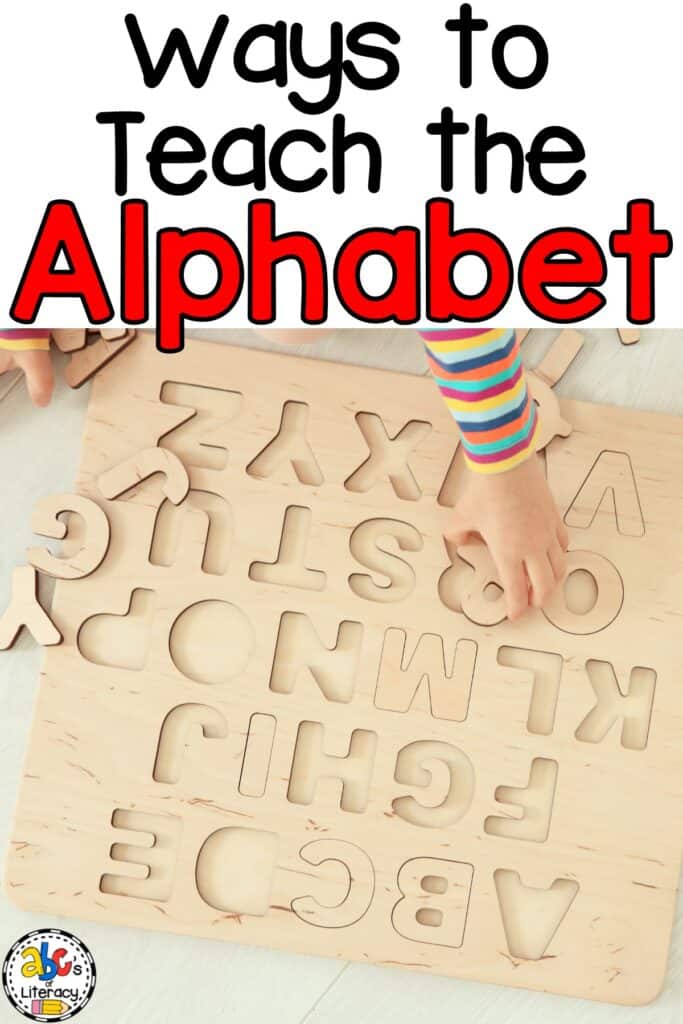 Let’s get started and learn that magic order to teach letters!
Let’s get started and learn that magic order to teach letters!
s-a-t-p-i-n
First, start with s, a, t, p, i, n. This combination of letters is perfect for introducing letter names and sounds and then actually APPLYING what you are teaching.
These letters also make up the most frequent words that are found in emerging readers.
This way, when your child starts to apply their knowledge of letters and sounds, they will be able to start reading simple words more quickly…that’s the whole point!
c-o-d-g-m-k
This next group of letters helps to support the first group. They aren’t necessarily in a lot of sight words found in those emergent readers compared to that first group of letters, but by adding these letters next, your child will be able to start spelling even more simple CVC (consonant-vowel-consonant) words.
This helps your child with some more challenging decoding opportunities as well because you are adding a lot more consonants, but only one more vowel.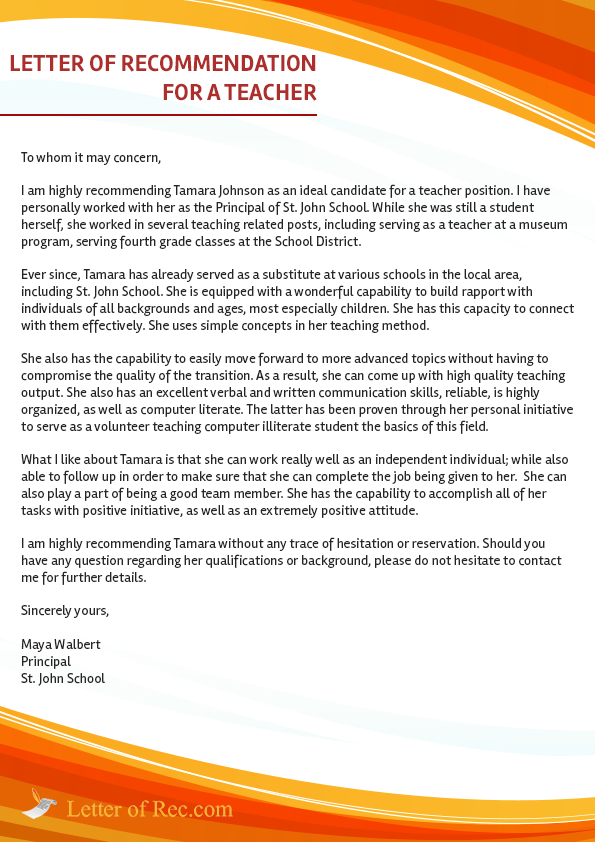
This opens up a lot more words, but is giving a wide variety to the words your child can then start to read without becoming overwhelming.
e-r-u-b-h-f-l
This next set of letters gives your child the rest of the vowels, helping them build on what they have already learned with the previous letters.
Be careful when introducing the letter sound for “e”. It can be tricky to distinguish between /e/ and /i/ in many words. Be very clear when saying the sounds so that your child can hear those differences.
j-w-v-x-y-z-q
These last letters are the letters that show up the least frequent in words.
This doesn’t make them any less important though! Still give these guys the same love and attention that you gave the previous sets of letters and make sure you practice these in context with decoding and blending just as much.
A lot of times these letters are rushed through because they aren’t high frequency letters, which causes children to struggle and mix up their letter sounds when they actually do come across them in a book.
Wrapping it All Up with a Bow
So there you have it! The research-based order I swear by to teach a child the alphabet so that they can learn to read faster. But don’t forget…if you really want to teach your child read, the alphabet is only one piece of the puzzle. You need all the pieces to make it click.
I hope that this was helpful to you as you are trying to plan out how you want to teach letter knowledge and the alphabetic principle.
I know that if you try this order out, you won’t be disappointed!!
Any questions? Drop them in the comments below=)
Teaching Letter Recognition - What Order to Introduce Letters
Wondering about the order for teaching letters to your little ones? I’m on it!
I feel as though I am always writing about waiting to teach letter recognition. Wait and let little hands get strengthened by other activities. Wait until little minds have had ample time to hear different words and sounds. But a day will come when you SHOULD teach your little ones their alphabet letters of course.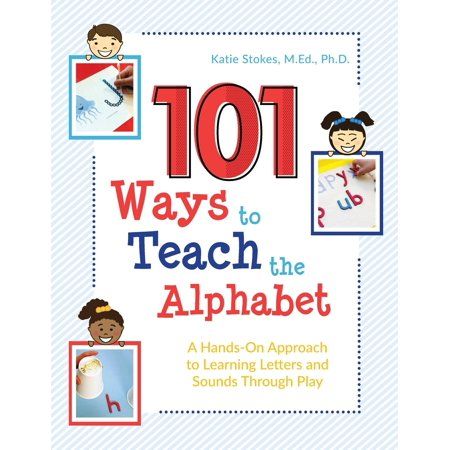
Whether it is when they are 3, 4, 5, or 6, at one point or another they will be ready and teaching letter recognition will be the name of the game. So, when they are ready, what is the order for teaching letters?
Don’t worry – I have an opinion on that too!
In fact, this is such an important topic, I have created a FREE resource just for you all about teaching letters to little ones. You can grab it right here:
If you are more of a watcher than a reader, I have created a seven minute video for you all about teaching letter recognition to young children. You can watch right here (or simply keep reading below if you would rather):
And just in case the video above doesn’t work for you, you can also watch it right here on YouTube.
When I was in the Kindergarten classroom, I did not teach letter recognition in alphabetical order. I began with “name letters” as these letters hold a very important meaning to children.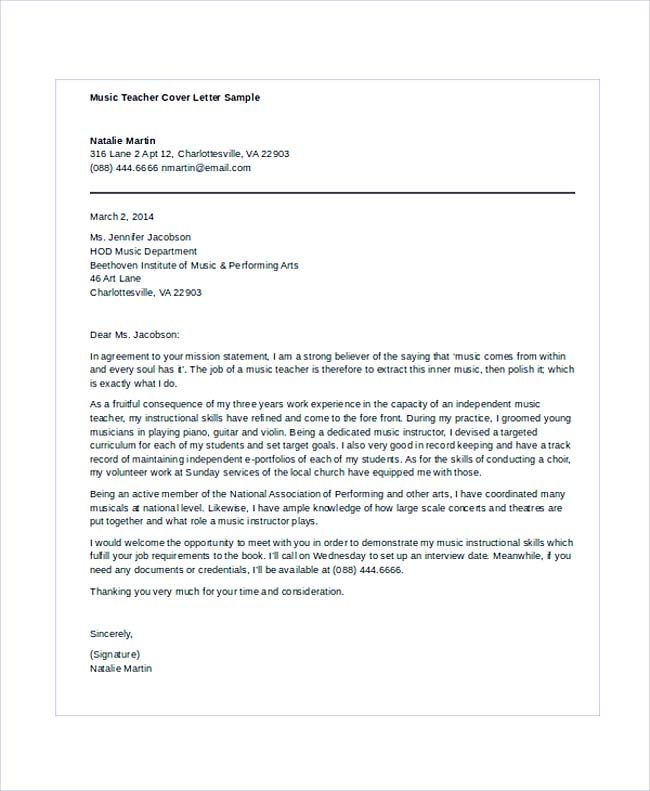 So for “Sammy” he learned all about s, a, m, and y.
So for “Sammy” he learned all about s, a, m, and y.
Once children know their name letters well, I would introduce the other alphabet letters (and sounds) in this order:
At first, relatively quickly, I would introduce the first row of letters, maybe over a week. Then we do lots of activities playing with those letters: their sounds, shapes, and names. Once they are mastered, we add in the next row. Building and growing, slow and steady.
Starting with the lower case is helpful, and something I have begun doing—though I haven’t always. Clearly, little ones need to know both upper and lowercase letters, but since so much of the print in our everyday lives is lowercase, I find it beneficial to start in that way.
The letter order is similar to the way the letters are taught in the Jolly Phonics Program. By teaching the letters in this manner, children are able to begin forming words very quickly. After learning the first 6 letters kids can make words in the “at,” “an,” “it,” “ip,” “ap,” and “in” word families.
- s, a, t, i, p, n
- c, k, e, h, r
- m, d, g, o
- l, f, b, q, u
- j, z, w
- v, y, x
Introducing the letters and letting little ones begin to make words almost right away creates a huge sense of pride. And since you waited to introduce the letters (you did wait, right?) they are absolutely ready and will be catching on right away, grasping those letter names and sounds easily. If not, perhaps wait a little longer.
I know it is hard (trust me, I know!) but waiting until your little one is ready will save you both mounds of frustration, and ensure your little one loves learning. There is no rush.
Of course, ideas and games for introducing letters can be found all over How Wee Learn!
Ready to start helping your little ones learn their letters? Here are some great ideas and fun games that will have those letters mastered in no time!
Digging Up Letters – Grab some dump trucks, diggers, and pebbles and “dig up” some letter learning fun with your preschooler! This post shares more information about the order for teaching the letters.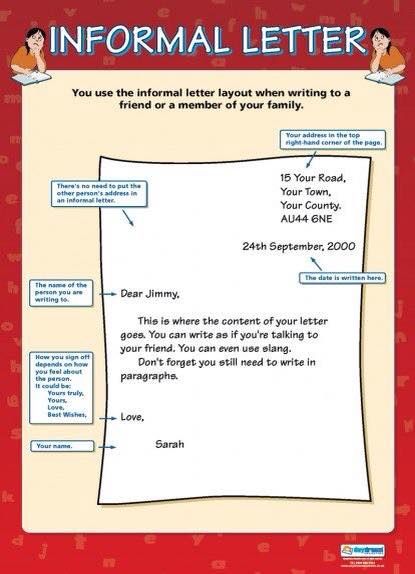
Flying into Letter Recognition – This fun one just requires painter’s tape and construction paper. Pop that first group of alphabet letters (s, a, t, i, p, n) on the ground using painter’s tape and let those little ones throw paper airplanes to learn their ABCs!
Swat the ABC Balloons – We love using balloons for fun learning games. This alphabet activity is absolutely perfect for preschoolers as it engages the whole body. And we all know 3-year-olds LOVE to learn with their whole body.
Zoom and Sort the ABCs – All you need is painter’s tape and some toy cars for this one. This one uses painter’s tape in a different way; the painter’s tape forms the road while the cars hold the letters. This letters activity for preschoolers is great for introducing capital and lower case letters.
Pipecleaner and Popsicle Stick Letters – Forming letters with pipecleaners and popsicle sticks on a homemade sticky board – popsicle sticks can be used for so many purposes!
Skeleton Bone Writing (bending Qtips!) – We use Qtips a lot over here for learning games like this one. Bending those Qtips is a great way to make the curvy parts of the letters. Having children manipulate objects to form letters is a very powerful learning opportunity.
Bending those Qtips is a great way to make the curvy parts of the letters. Having children manipulate objects to form letters is a very powerful learning opportunity.
Re-useable Alphabet Paper Chain Games – We use construction paper a lot to make simple paper chains. I like to add velcro to make these chains reusable again and again. Little words can be built and played with all day long.
Building a Name with Blocks – Duplo building blocks are a favourite here and they are perfect for this name-building game.
Mail Play! – Mailing friends their “name letters” is a great way to practice letter recognition! Matching letters of the alphabet is a great place to start with letter recognition. First, little ones recognize which letters match, then they can practice forming the letters from a sample, and finally, they can produce it on their own. The order for teaching letters can be the same for all of these steps.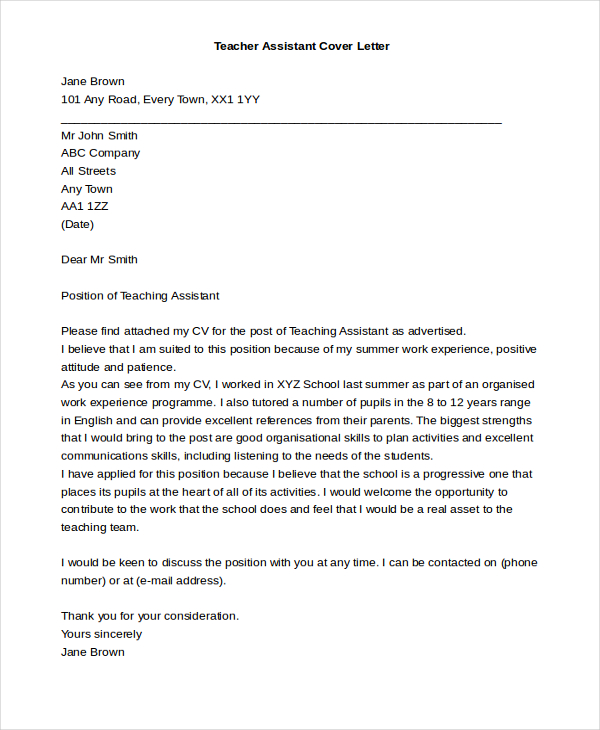
Dinosaur Bone (Well, Letter) Excavating – Magnetic alphabet letters can be used for so many learning activities, like this fun dinosaur letter excavation!
An A-MAZE-ing Letter Learning Game – Grab that painter’s tape once more! This time we made a fun maze for learning our alphabet letters.
Now that you are armed with some fun games, have an idea about the order for teaching letters, and have waited for your little one to be ready… it is time to let them learn those letters!
Have fun with this big step with your little ones. And remember, slow is always better. Follow your child’s lead and keep it light and fun. This is the beginning of a lifetime of learning and a love of reading.
Good luck! And remember, I am only an email away with any questions!
Thank you so much for reading friends! I hope you are having a wonderful week.
P.S. Don’t forget to grab your Free Teaching Letter Recognition Guide!
You’ll also love these How Wee Learn best-sellers:
Awesome Alphabet Activities for Preschoolers
Gross Motor Alphabet Games for Kids
5 Ways to Learn the Alphabet Quickly and Easily with a 3-6 Year Old Child – Somersault
Before learning the alphabet with a child, it is important to understand what you are not going to do. Namely, learning to read. This is a more complex skill, so it is worth putting it off until the time when the child gets acquainted with all the letters and will confidently recognize them and write on their own. Until then, put off the alphabet and reading by syllables.
Namely, learning to read. This is a more complex skill, so it is worth putting it off until the time when the child gets acquainted with all the letters and will confidently recognize them and write on their own. Until then, put off the alphabet and reading by syllables.
In this article, we have put together the basic principles to quickly learn the Russian alphabet with a 3-6 year old child in a playful way. For all games with letters, you can use plasticine, paints and any improvised means or magnetic letters - they will easily attract the attention of the child.
Contents:
- Learn the Alphabet Easily: Basic Principles
- 5 ways to learn the alphabet with your child
- From alphabet to reading
How to Learn the Alphabet Easily: Basic Principles
Each child can find an easy way to learn the alphabet that suits him or her, but there are basic principles that are important for all children.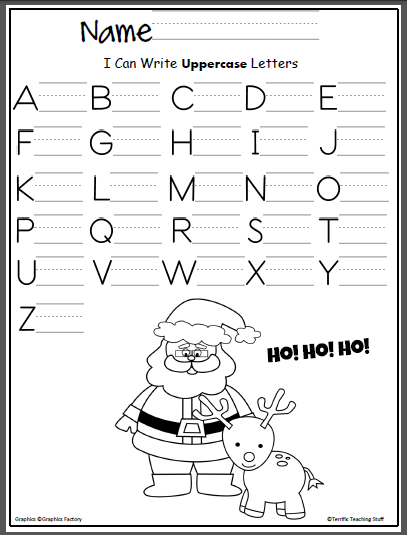 If you do not follow them, study will turn into drill and the child is unlikely to ever love to read. Here are a few such principles on how to properly learn the alphabet for a child.
If you do not follow them, study will turn into drill and the child is unlikely to ever love to read. Here are a few such principles on how to properly learn the alphabet for a child.
- Learn sounds first, not letters . At the first stage of learning, it does not matter how the letters in the alphabet are called correctly. Now only sounds are important for the child - "d", and not the letter "De". The names of the letters will only confuse the child, who first needs to learn to recognize the shape of the letters and their sound.
- Not learning the alphabet in the correct sequence . Until a child goes to school, it is of no use to him to know how the letters are arranged in the alphabet. This information will only distract him from what is really important: how the letters look and sound. The sequence of the alphabet can be learned later or even at school, where this knowledge will be tested by the teacher.
- Do not turn learning into a lesson .
 Learning from call to call is difficult even for children at school, let alone a baby. Therefore, all learning should take place in a playful way and not for long: 5-7 minutes a day to get acquainted with the letters will be enough. Gradually, this time can be increased, especially if the child likes the proposed games with letters.
Learning from call to call is difficult even for children at school, let alone a baby. Therefore, all learning should take place in a playful way and not for long: 5-7 minutes a day to get acquainted with the letters will be enough. Gradually, this time can be increased, especially if the child likes the proposed games with letters. - Use material objects . At the age of 3-6 years, the child learns the world by touch and taste. It is difficult for him to work with abstract letters spoken aloud. Therefore, it is better to stock up on plasticine and paints and create letters that are more understandable to the child and can be touched. Such a game for children will allow the child to learn the letters of the alphabet and he will recognize them in different forms regardless of what they are made of.
- First vowels, then consonants . Vowel sounds are easier to pronounce, so it's worth starting with them.
The main thing is not to force anyone.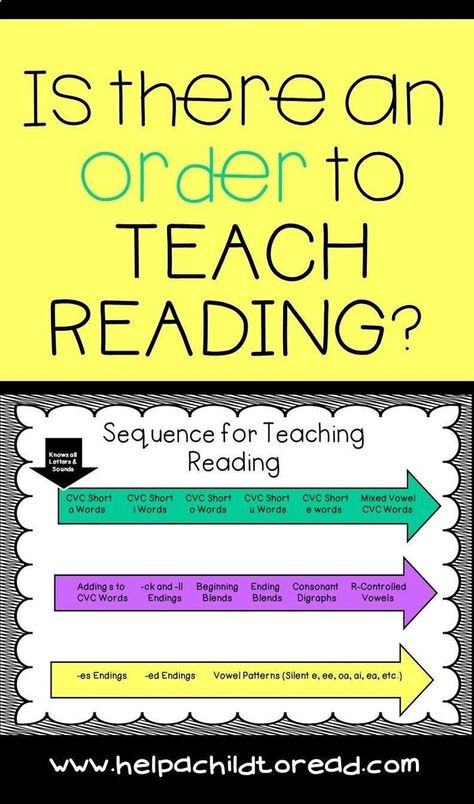 If you see that the child is inquisitive, enjoys exploring the world and is ready to learn, you can move on to learning letters and the alphabet. So the child will be happy to learn the alphabet in a playful way and gradually learn to read. So that the game is not abstract, you can use the magnetic letters TUMBLING.
If you see that the child is inquisitive, enjoys exploring the world and is ready to learn, you can move on to learning letters and the alphabet. So the child will be happy to learn the alphabet in a playful way and gradually learn to read. So that the game is not abstract, you can use the magnetic letters TUMBLING.
5 ways to learn the alphabet with your child
1. Use an interesting topic to study
Use your child's interest to spur his motivation to learn. For example, if your kid is crazy about cars, let them be the topic in which you learn the alphabet. Use any words related to cars:
"A" - bus
"B" - trunk
"C" - driver, etc.
You can show cars and their parts, draw or sculpt from plasticine. It is important that the child's focus shifts from learning to doing what they love. Additionally, the method will help expand vocabulary and knowledge about the world.
2. Cross out a letter of the alphabet in the list
Fill in a small square with arbitrary letters.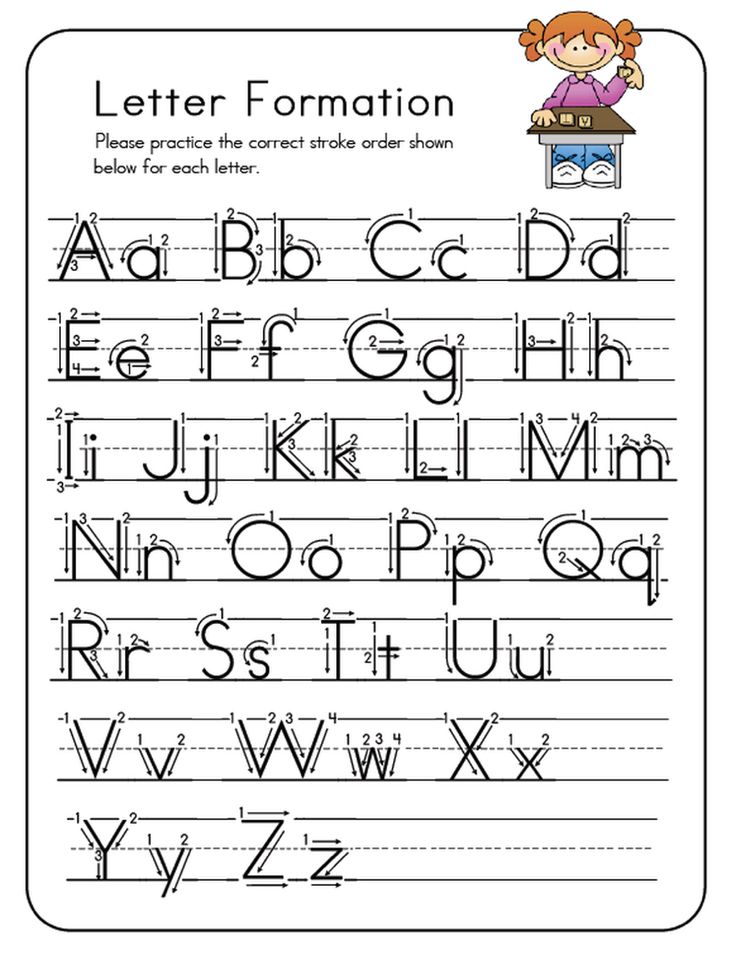 The task is to cross out only the letter that you are studying. This will help the child focus on one letter and not get distracted by the ones he doesn't remember or don't know.
The task is to cross out only the letter that you are studying. This will help the child focus on one letter and not get distracted by the ones he doesn't remember or don't know.
3. Pulling the letters of the alphabet out of the pouch
The soft-touch magnetic letters are perfect for this method. Put the letters in a bag and give the child the task, without looking, to pull out only the letter that you thought of. Let there not be too many letters in the bag, otherwise the child will get confused. 6-7 pieces will be enough. To start, use letters that are very different in shape, such as "O" and "M". Gradually, the complexity can be increased and searched among similar letters, for example, "K" and "X". Don't forget to praise and encourage your child. You can alternate the learning process with desktops.
4. Recognize letters of the alphabet by ear
You pronounce a word, and if it contains a hidden letter, the child claps his hands.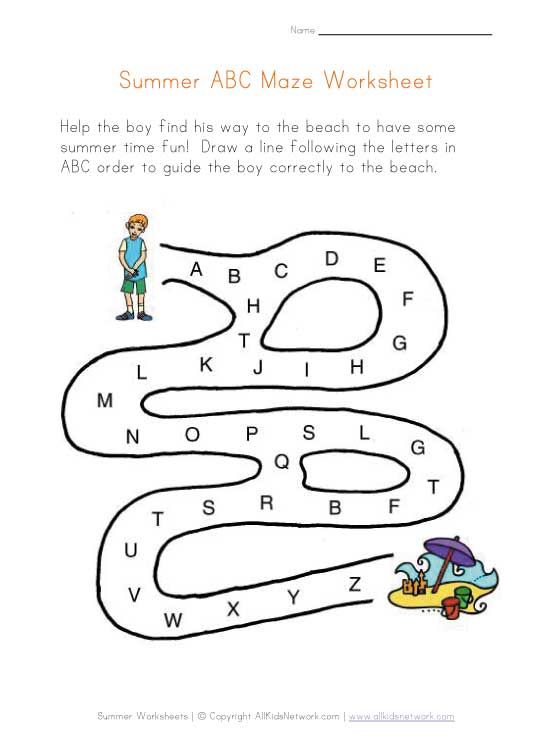
With this game for kids, you can learn individual letters or the entire alphabet. For example, you name a word, and the child inserts its first letter into the insert frame. To stimulate your child's interest, you can use only words from his favorite topic, for example, the names of animals.
5. Guess words starting with the first letter
You choose one letter and think of a word that starts with that letter. For example, the letter "Z":
- What is this animal with big ears and loves carrots?
- Hare!
This game form is again suitable for learning individual letters or the entire alphabet. If you learn only one letter, the child gets used to quickly recognizing it in different words. And if you give words with different letters, the child as a whole learns to understand with which letter they begin. With the study of the account and the English language will also help TUMBLING.
From the alphabet to reading
When a child learns the Russian alphabet, confidently recognizes all the letters in different words and can draw or mold them on his own, it is worth moving on to reading. Because you need to learn the alphabet just so that the child can read. If knowledge is not used, it will hang as an extra burden, and by the time school will be forgotten. Therefore, you should not learn the alphabet too early: at 3-4 years old, a child is simply not interested in reading books in order to learn something new. He is more interested when his mother reads. Conversely, by the age of six, the child will be glad to have his own books to read them himself.
Because you need to learn the alphabet just so that the child can read. If knowledge is not used, it will hang as an extra burden, and by the time school will be forgotten. Therefore, you should not learn the alphabet too early: at 3-4 years old, a child is simply not interested in reading books in order to learn something new. He is more interested when his mother reads. Conversely, by the age of six, the child will be glad to have his own books to read them himself.
Learning the alphabet: methods, exercises and games for children
The alphabet is the foundation of reading. Therefore, before you start reading and writing, teach your children the letters.
Children can start learning to read as early as preschool age. Parents and teachers need to teach their child how to pronounce sounds correctly in their native language. These are important prerequisites for learning letters and learning to read successfully. The educational process of preschool children is based on visual, acoustic and tactile exercises.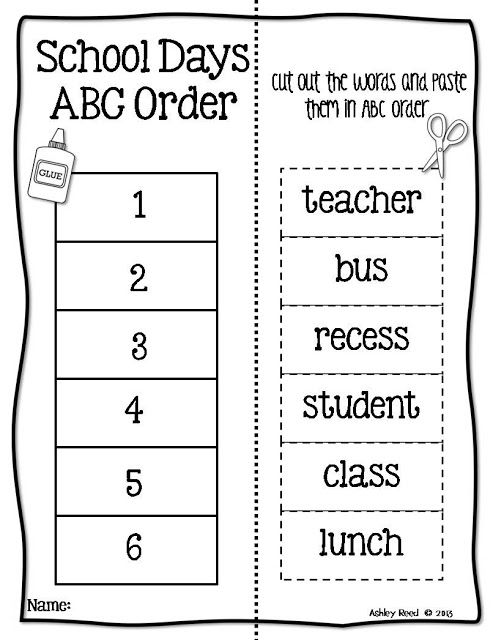 The use of various channels of perception in the educational process increases its effectiveness and stimulates long-term memorization of letters.
The use of various channels of perception in the educational process increases its effectiveness and stimulates long-term memorization of letters.
Learning the alphabet: introducing the child to the alphabet.
To master reading, a child must learn and recognize not only the graphic form of letters, but also be able to compare them with their corresponding sounds. This means that the child must be able to write letters and pronounce them. When the child learns to correctly pronounce all the sounds in his native language and distinguish letters by visual form, go directly to reading. As a rule, at the age of 5-6 years, most children no longer experience difficulties in this.
See also: Reading and bilingualism. Bilingualism in children
From the age of 5 to 6, children begin to understand that there is a lot of information encoded in language using letters. Thus, they are interested in learning to read by then, as they are naturally curious.
Of course, babies can learn and memorize individual letters quite early. However, their interest, mostly spontaneous, is directed to individual words and letters. Here it is important to gently motivate the child by encouraging him to learn through games and a comfortable environment. However, too much pressure can lead to stress, causing little ones to lose any motivation to learn letters.
Alphabet learning games
The first rule of learning the alphabet: learn the letters one by one!
Don't forget, each letter is made up of visually similar elements. If you try to teach a child several letters at a time, he may become confused. Learn the letters one by one. One lesson - one letter.
Second rule of learning the alphabet: take your time!
Give your child enough time for each letter. Plan 1-2 lessons for each new letter. Organize the lesson in a form that is interesting for the child with the help of games.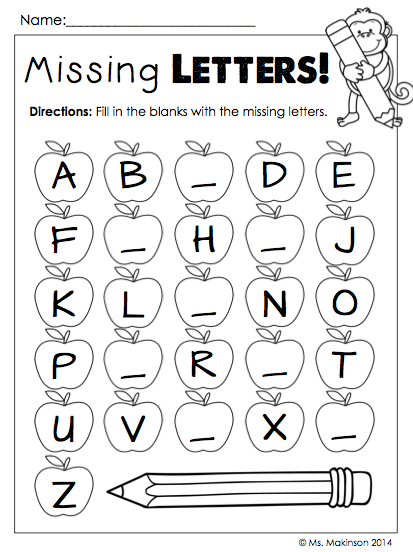
The tactile method: from studying letters to reading
The child sees something abstract in a letter. Chains of associations will help in learning letters. Associating each letter with something specific or familiar helps the child fix it in his memory.
1. Make a letter out of plasticine
Memorize what a letter looks like and develop fine motor skills.
We will need: plasticine (should be elastic), modeling board and a disposable plastic knife.
Together with your child, roll out 8 approximately identical sausages from plasticine. 2 - divide in half, 2 - divide into 3 parts. From the remaining 4, make rings by blinding their edges and cut 2 of them in half, creating semicircles. Thus, you should get a set of elements to compose any letters of the alphabet. Show the child a couple of examples and ask them to repeat, collecting previously passed letters.
2. Magic wands
Let's memorize letters, learn how to make letters from sticks, learn how to transform letters.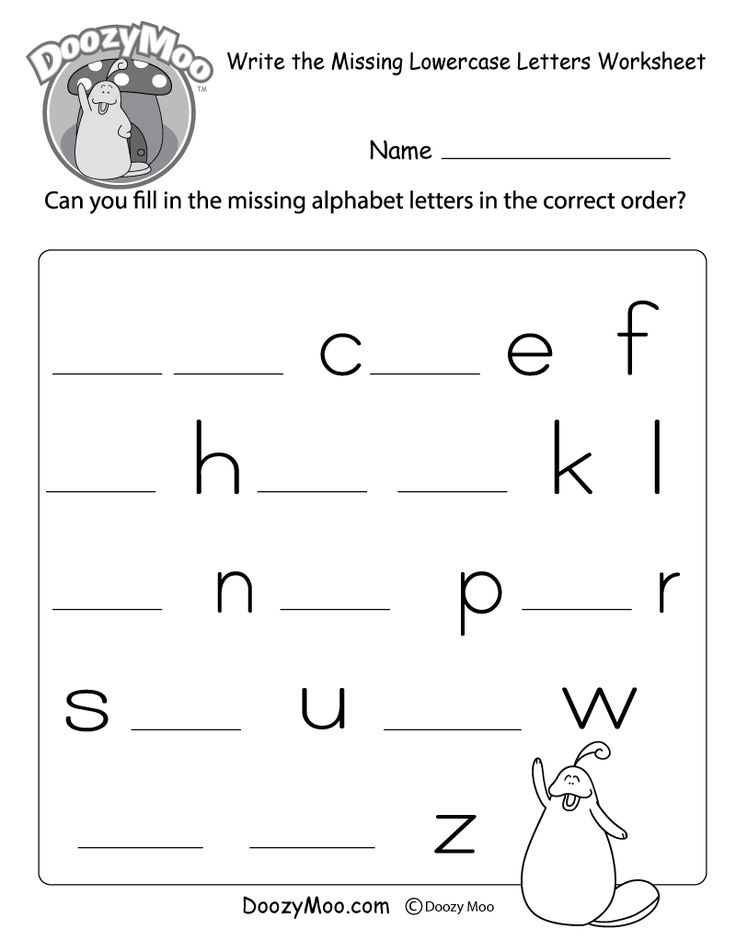
We need: a set of counting sticks. If not, you can replace with matches or toothpicks.
The easiest way is to lay out letters from sticks according to a pattern or without a pattern (according to the idea). When the child learns to lay out all the letters, you can complicate the task by laying out objects familiar to the child from them, and then ask them to change them, for example, make a figure resembling a door out of sticks, and then ask the child to remove 2 sticks to make the letter P.
3. Tactile letters
Memorize letters and develop fine motor skills
We will need: sandpaper, velvet paper, scissors.
Cut out letters from sandpaper or velvet paper. The child will have to close his eyes to identify the letter by touch.
4. Draw a letter on the semolina
Memorize letters, develop fine motor skills
We will need: a bright dish tray, semolina
Pour sand or semolina in a thin layer on the tray.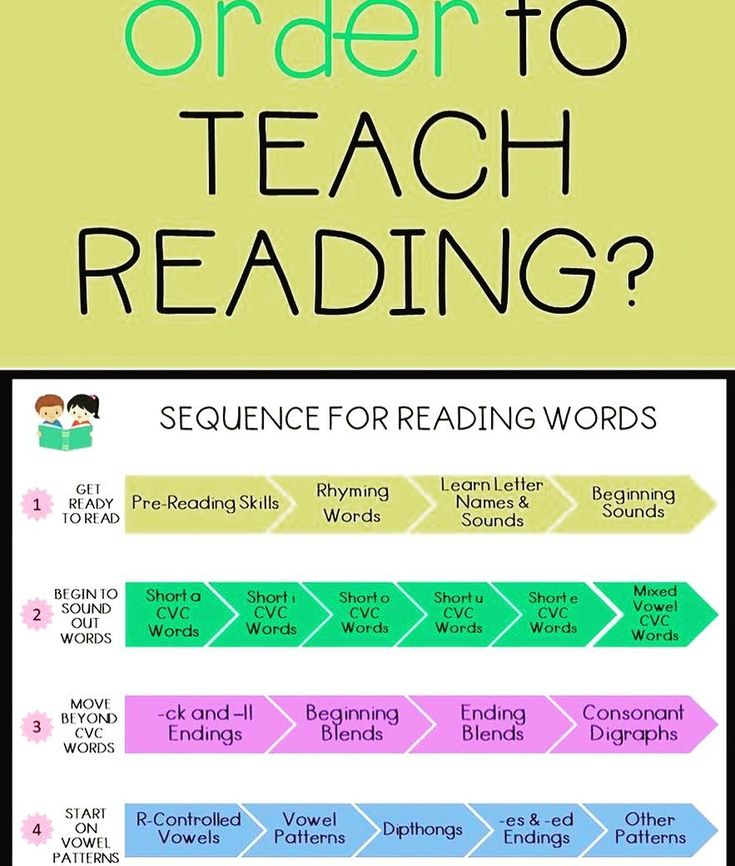 Set an example for your child, show how to write letters on the croup with a finger or a stick. Ask him to write next to the letter, the same as you wrote, to write a letter more or less than yours, to add an unfinished letter, or to erase the extra detail of the "wrong" letter. Children will like this game, just shake the tray a little, and the mistake or inaccuracy made disappears!
Set an example for your child, show how to write letters on the croup with a finger or a stick. Ask him to write next to the letter, the same as you wrote, to write a letter more or less than yours, to add an unfinished letter, or to erase the extra detail of the "wrong" letter. Children will like this game, just shake the tray a little, and the mistake or inaccuracy made disappears!
5. Mirror letter
Memorize letters and train attention
We will need: cardboard, pencil and scissors
Prepare identical cards cards, 2 pieces for each letter. Write 1 letter on each card. Write the letters in mirror image and correctly. Lay out cards with the same letter in front of the child and offer to choose the correct one.
6. Memory test game
Memory training
We will need: scissors, cardboard and a pencil
The game "Memory Test" will challenge even older children. Write each capital letter on one card and lowercase letter on the other card.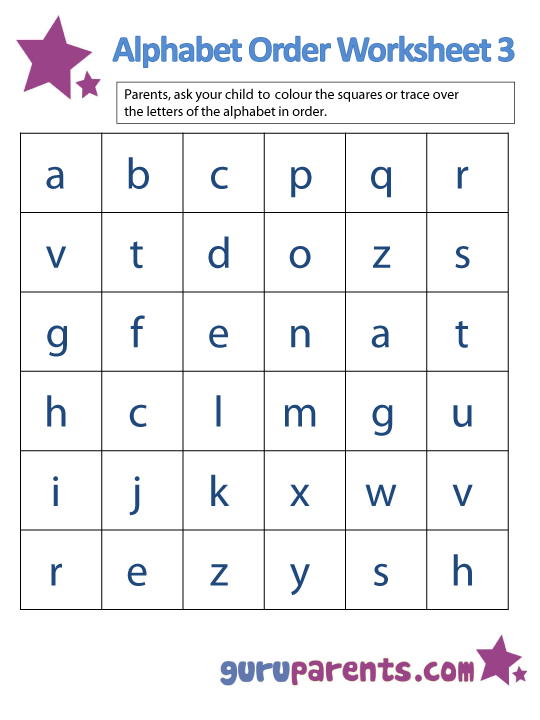 Turn over all the cards and place them on the table. Ask your child to match uppercase and lowercase letters. You can complicate and add a dictionary element. Have the children match the letter of the alphabet with the picture that starts with that letter.
Turn over all the cards and place them on the table. Ask your child to match uppercase and lowercase letters. You can complicate and add a dictionary element. Have the children match the letter of the alphabet with the picture that starts with that letter.
7. Bean bag
Memory training
We will need: a bag of beans or other bulk material, a tablecloth or a large piece of paper.
If you want to warm up a bit while you study the letters, play a game of Beanbag. Write the alphabet randomly on a large piece of paper. Give the children a bean bag and ask them to put it on paper. The child must name a word that begins with the letter on which the bag fell. If a student is stuck, help him.
Ask the child to check the chosen letter with letters from the alphabet. Be sure to ask the name of the letter. The exercise will help children learn to distinguish visually similar letters and avoid mistakes when writing them in the future.
Drawing, coloring, cutting letters out of paper and gluing them together develop fine motor skills in children.


